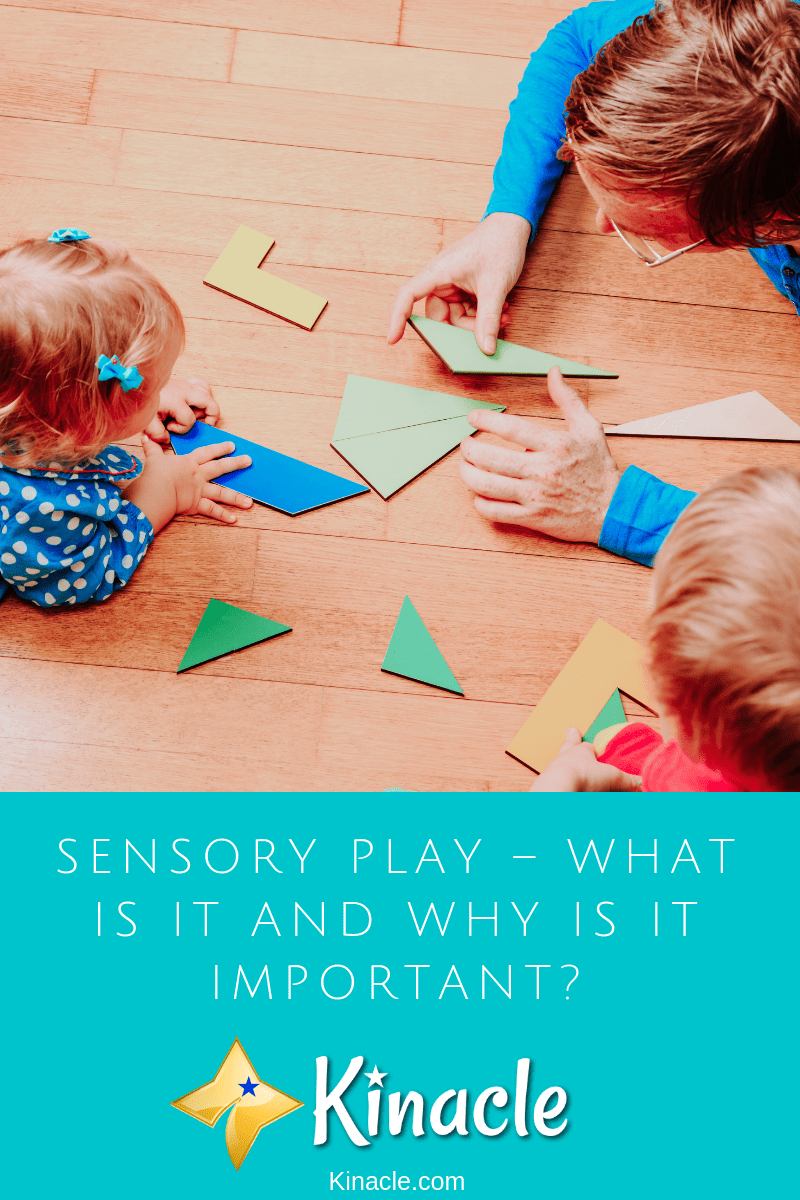
When you’re looking for awesome activities to keep your little one entertained, you’ll often see sensory play is highly recommended. Not only does it keep your toddler entertained, but it can also really aid in their development.
If you’re new to sensory play, here you’ll discover exactly what it is, why it’s important and the benefits it can deliver.
What Is Sensory Play?
Sensory play involves activities which activate the senses (smell, touch, taste, hearing and sight). For younger children, it can really help with the development of these senses and can also improve language, physical and emotional skills.
As adults, we tend to only rely upon one or two senses at a time. However, for babies and toddlers, the more senses they’re using the easier it is for them to understand and explore the world around them. Young children learn from interacting with their environment, than they do through observing it. So, sensory play is a great way to help them understand and experience the world around them.
Sensory play can include activities which focus on one or more of the senses. It doesn’t necessarily require any expensive toys and equipment. In fact, you can help your little one partakes in sensory play using simple items around the house. It’s basically about providing sensory experiences they wouldn’t get from other toys.
Why Is It Important?
So, we’ve established that sensory play is great for development, but why exactly is it considered so important? Well, there’s a few reasons sensory play is typically recommended by experts. They include:
- It’s great for the brain
- It helps to boost language skills
- Developing fine motor skills
- It’s calming for children
One of the main benefits of sensory play is that it helps with your child’s brain development. Every time they do something new, it aids in brain development. Then, when they repeat the new experiences, it further strengthens the connections in the brain. Within the first year of baby’s life, their brain will literally double in size. This makes it important to give them opportunities to explore new things and aid in their development as much as possible while their brain finds it easier to absorb the information.
A more surprising benefit of sensory play is that it can enhance your child’s language skills. As they explore new tastes, textures and different types of objects, it will give them new ways to talk about the world around them. The different tastes they experience for example, will help them to talk more about the foods they want to eat, whether they want something sweet or salty for example.
Sensory play can also be great at strengthening their fine motor skills. These are needed for activities such as tying shoelaces, writing, zipping and buttoning. As your little one partakes in sensory play, they will usually be exploring via pouring, lacing and pinching which really helps to build u those fine motor skills.
Finally, sensory play can be really calming for young children. It helps to regulate any internal discomfort they may be feeling, giving them something to really focus on and learn from. At the end of the session, they’ll be both mentally and physically calm.
Example Sensory Play Activities
Now you know what sensory play is and why it’s important, what type of activities can you start introducing to your child?
A popular sensory play idea is to give your child a sensory bin. This will typically be filled with different types of textures and colors. You could fill it with dry pasta or rice, flour, oatmeal, rocks, water beads or sand. It’s a good idea to have a few small sensory bins, each filled with something different. Your child will love exploring the different items, picking them up, poring them and mixing them up.
Giving them slime to play with is also a great sensory play activity. They’ll be able to play with the slime, manipulating it into numerous shapes. Not only will this keep your child busy, but it also feels great in the hands, making it one of the calmer activities on the list.
If you want to help them learn more about colors, you could use the primary color squishy bag idea. This involves placing two different colored paints into a food bag, then letting your child squeeze the bag to mix the paints together. They’ll be amazed as they watch the two colors mix together to create a different color. You could also teach color by giving them small tubs filled with different colored rice. You’ll be able to find instructions online on how to safely color the rice if you don’t know how.
Edible finger paint is another unique sensory play idea. This is especially well suited for babies aged six months and over. It consists of several things that toddlers love, including messy play, colors and tasting.
Conclusion
As you can see, sensory play is great for babies and toddlers. It delivers so many powerful benefits and it’s super easy and affordable to do. If you want to get the most out of sensory play, it’s a good idea to provide as many different activities as you can. This will help them to develop all of their senses.
Got some sensory play activity ideas you’d like to share? Include them in the comments below – we’d love to hear them!
Leave a Reply